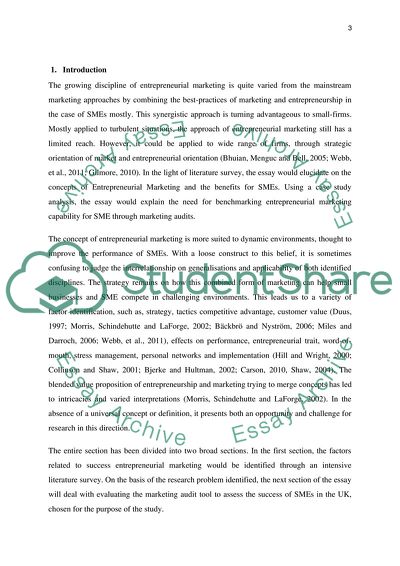Cite this document
(Evaluating the Marketing Capability of SMEs Case Study, n.d.)
Evaluating the Marketing Capability of SMEs Case Study. https://studentshare.org/marketing/1857105-entrepreneurial-marketing
Evaluating the Marketing Capability of SMEs Case Study. https://studentshare.org/marketing/1857105-entrepreneurial-marketing
(Evaluating the Marketing Capability of SMEs Case Study)
Evaluating the Marketing Capability of SMEs Case Study. https://studentshare.org/marketing/1857105-entrepreneurial-marketing.
Evaluating the Marketing Capability of SMEs Case Study. https://studentshare.org/marketing/1857105-entrepreneurial-marketing.
“Evaluating the Marketing Capability of SMEs Case Study”. https://studentshare.org/marketing/1857105-entrepreneurial-marketing.


